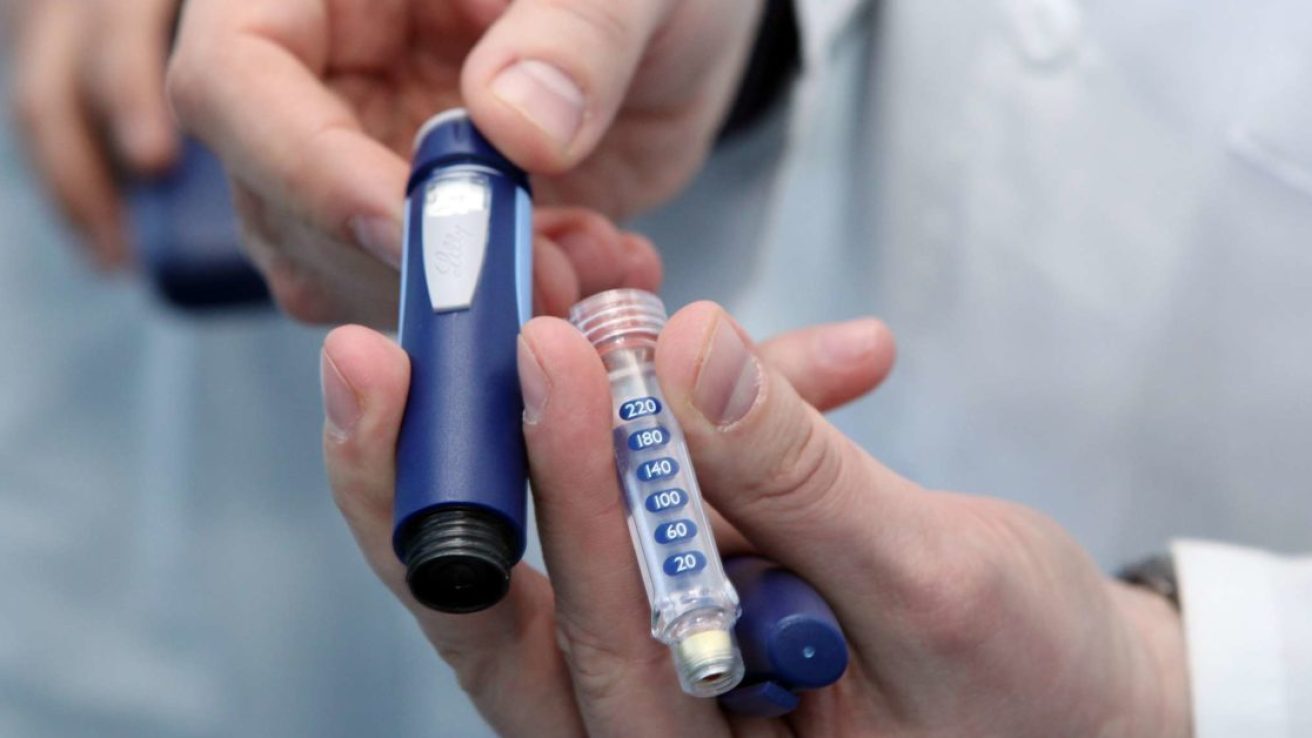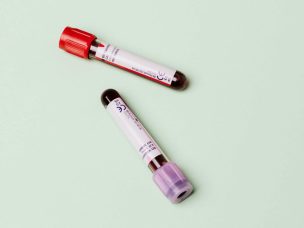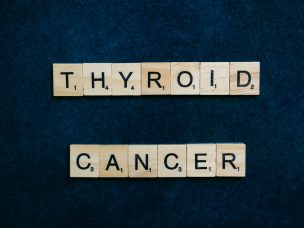FRIDAY, Nov. 6, 2020 (HealthDay News) — For patients with type 2 diabetes and inadequate glycemic control, exenatide once weekly (QW) plus dapagliflozin shows clinically relevant efficacy and is well tolerated over 104 weeks, according to a study published in the October issue of Diabetes Care.
Noting that exenatide QW plus dapagliflozin produced greater reductions in glycemic parameters, weight, and systolic blood pressure than exenatide or dapagliflozin alone after 28 and 52 weeks, Serge A. Jabbour, M.D., from Thomas Jefferson University in Philadelphia, and colleagues conducted an exploratory analysis of efficacy and safety at 104 weeks after randomization. A total of 695 adults with type 2 diabetes and inadequate glycemic control despite stable metformin monotherapy were randomly assigned to either exenatide QW plus once-daily dapagliflozin, exenatide plus placebo, or dapagliflozin plus placebo.
A total of 431 patients completed treatment at week 104. The researchers found that compared with exenatide plus placebo and dapagliflozin plus placebo, exenatide plus dapagliflozin resulted in a greater adjusted least squares mean change from baseline to week 104 in hemoglobin A1c (−1.70 percent versus −1.29 and −1.06 percent, respectively). There were also clinically relevant changes in fasting plasma glucose, two-hour postprandial glucose, weight, and systolic blood pressure with exenatide plus dapagliflozin. No unexpected safety findings were observed, and exenatide plus dapagliflozin was well tolerated.
“Our study showed that a combo regimen of dapagliflozin and exenatide continued to control patients’ glucose for over two years,” Jabbour said in a statement.
Several authors disclosed financial ties to pharmaceutical companies, including AstraZeneca, which manufactures exenatide and partially funded the study.
Abstract/Full Text (subscription or payment may be required)










